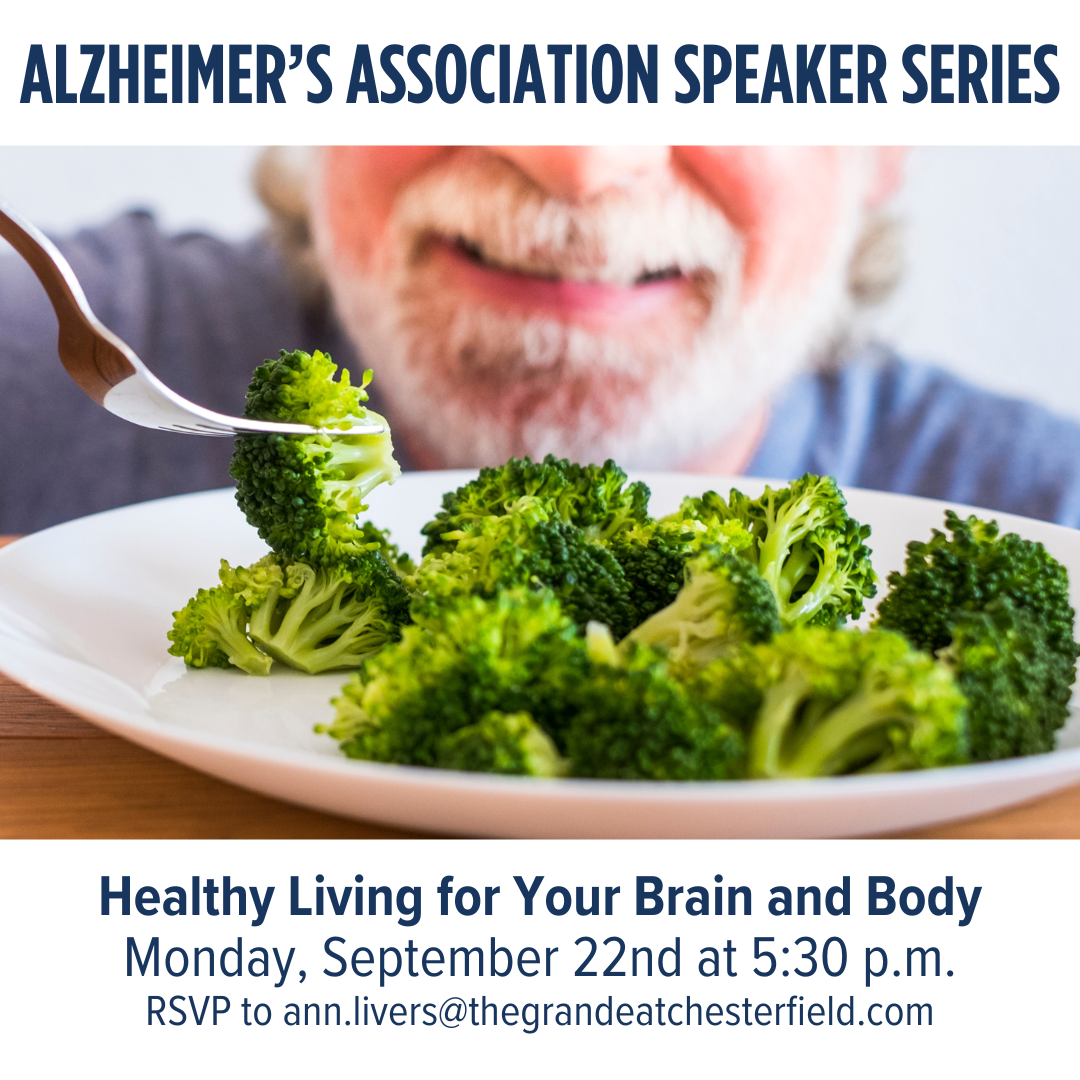Dementia is much more complex than most people think. This condition slowly changes the brain itself over time, which leads to a range of complicated systems. There are several types of dementia, each with its own risks and specific symptoms.
Dementia typically affects people over the age of 65, though some forms can begin as early as 30. However, this is extremely rare, and early-onset dementia only affects a small percentage of the population.
What Is Dementia?
Dementia is the gradual loss of cognitive functioning due to brain changes over time. It’s not a singular disease—it’s used to describe a group of symptoms affecting the brain.
Dementia can affect:
- Communication
- Memory
- Behavior
- Decision-making
- Problem-solving
Eventually, these impairments become severe enough to interfere with daily activities. Dementia is not a normal part of aging, though age does affect the risk of this condition. The risk of developing dementia can be impacted by certain diseases, injuries, or even lifestyle factors.
Are There Different Types of Dementia?
Dementia isn’t just one condition. There are several types, each with its own defining characteristics. However, these are the most common types of dementia:
Alzheimer’s Disease
Alzheimer’s disease is the most prevalent type of dementia, affecting millions of people in the U.S. The hallmark of this disease is a buildup of abnormal proteins in the brain. These disrupt how brain cells function and communicate with each other. Eventually, this damages the physical structures of the brain itself.
Alzheimer’s disease usually begins showing signs after the age of 65. However, in some rare situations, it can develop as early as the mid-30s or 40s. This is extremely rare.
Frontotemporal Dementia
Frontotemporal dementia (FTD) often appears between the ages of 45 and 65. It results from nerve cell damage in the brain’s frontal and temporal lobes. This condition presents differently depending on the specific type in question.
For example, behavioral variant FTD leads to changes in personality and behavior. Meanwhile, primary progressive aphasia affects communication abilities. Because symptoms can vary, it’s important to consult a doctor for an accurate diagnosis.
Vascular Dementia
Vascular dementia is caused by reduced blood flow and oxygen to the brain. This is often due to strokes or blockages in blood vessels. Vascular dementia can lead to difficulty concentrating, memory problems, and changes in behavior or mood.
Unlike other types, vascular dementia can sometimes develop suddenly. In other situations, symptoms may appear gradually over time.
Lewy Body Dementia
This type is linked to deposits called Lewy bodies, which disrupt normal brain processes. It typically affects people over 50, but it can sometimes affect younger adults as well.
There are 2 types of Lewy Body dementia.
Lewy Body dementia tends to cause cognitive decline and visual hallucinations. On the other hand, Parkinson’s disease causes motor symptoms like tremors, stiffness, and difficulty with movement. However, both types can have overlapping symptoms.
How Does Dementia Relate to Age?
Dementia is most often associated with aging. Usually, symptoms don’t develop until the age of 65 or older. However, this isn’t always the case. Early-onset dementia, a rare form of dementia, can occur in people younger than 65. In some cases, this has been reported in the 30s and 40s.
Certain conditions, like frontotemporal dementia and Huntington’s disease, are linked to earlier onset. Other factors, like strokes or a family history, can also play a role, along with substance use or genetic conditions.

How to Recognize the Early Signs of Dementia
Spotting the early symptoms of dementia is essential. This isn’t just about knowing what’s going on—it directly means you can get a loved one help sooner rather than later. An early diagnosis increases the odds of preserving more cognitive abilities.
Watch for these common warning signs:
- Misplacing objects or an inability to retrace steps
- Difficulty remembering recent conversations or events
- Avoiding social situations or showing personality changes
- Struggling with vocabulary or following conversations
- Difficulty completing familiar tasks at home or work
- Confusion with time or place, such as losing track of dates or seasons
- Poor judgment or making unusual financial decisions
If you notice these signs in a loved one, don’t ignore them. Instead, consult a healthcare provider. Early diagnosis makes it much easier to manage cognitive decline and improve quality of life.
Is It Time for Memory Care?
When dementia progresses, it can create new challenges. Don’t wait for your loved one’s condition to change—instead, contact our team at The Grande at Chesterfield. We’re equipped with the team and the skills needed to support your loved one every day.
Dementia is complicated, but you aren’t alone. Our team is here for your family, and we know how to help. Schedule a tour with us today, and take your first step towards peace of mind.










